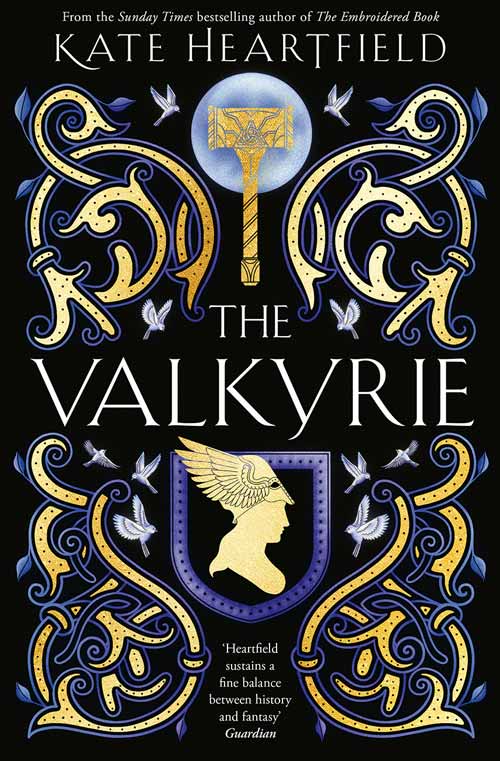Thimblerigger
This novel can only be described as bizarre, but should one expect anything ordinary from the lead vocalist in a Merseyside rock group who has retrained as a psychotherapist? Thimblerigger is a long, sprawling, lurid melodrama, populated by larger-than-life characters, many of them grotesque, part fantasy, part violent and sordid reality. Charles Dickens and Charlotte Brontë meet Magical Realism.
The story is structured as a series of tape-recorded interviews between an elderly patient (aged about 150) named Lockton and a junior psychotherapist at a hospital somewhere in the English Midlands. The last section is a posthumous testimony which Lockton leaves for his therapist on the borrowed tape recorder.
The first and major part of the story follows Lockton’s life in Liverpool, where he arrives as an orphaned stray in the mid-19th century and is recruited into a Fagin-like establishment which shelters street urchins and exploits them as petty criminals. A thimblerigger is a trickster who shuffles three thimbles and dupes the public into betting on which one hides a pea. This becomes Lockton’s speciality.
The second part is set towards the end of the century in Buckingham, where Lockton tries to establish a new life, but his past follows him to a bloody climax. The story ends in 1915 and what happens between then and the 1990s, and why Lockton is still alive by then, is never explained.
Lockton’s narrative so fascinates his therapist that he comes to the hospital for the next session even on his day off. It is equally compelling for the reader, fantastic and disturbing as it is, but it is not bedside reading unless you like nightmares.










